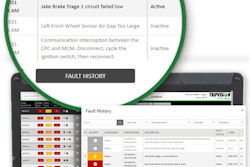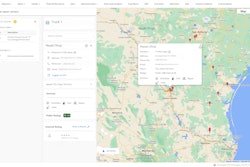[This article was originally published in 2019 by Trucks, Parts, Service. It has been updated to include more timely information.]
While it won’t go down as the most famous printing invention ever — Johannes Gutenberg’s creation seems likely to hold that title in perpetuity — few technologies in recent decades have been as developmentally groundbreaking as 3D printing.
[RELATED: Eaton’s new metal 3D printing program to improve development time, efficiency]
Introduced in the 1980s and greatly refined over the last decade, 3D printing is a production method using advanced computer technology in which the composition of a material is altered then reshaped and molded to create a three-dimensional object.
Also known as additive manufacturing, 3D printing is a production method with strengths and weaknesses. It’s not a great way to make everything but it is a great way to make specific products ill-suited for mass production.
New solutions even enable distributors to stock a digital inventory, where parts are printed on demand, says Matt Havekost, vice president of sales at industrial printing supplier AdvancedTek.
The most popular 3D printing method in use today is fused deposition modeling (FDM). The printing technique uses computer-aided design (CAD) files and a moveable nozzle to distribute material in distinctive layers until a component is complete. FDM’s popularity and acceptance is rooted in its accuracy and its simplicity. Using primarily thermal plastics and polymers, FDM enables users to develop complex objects in a single print.










